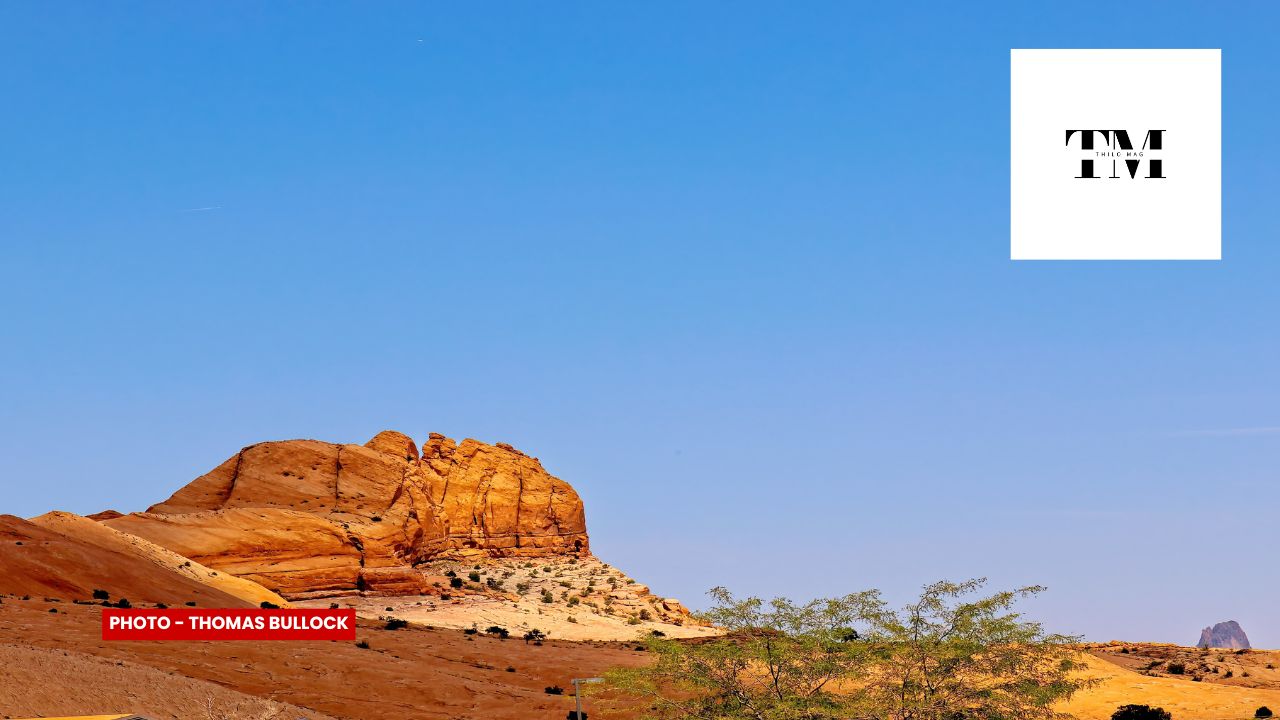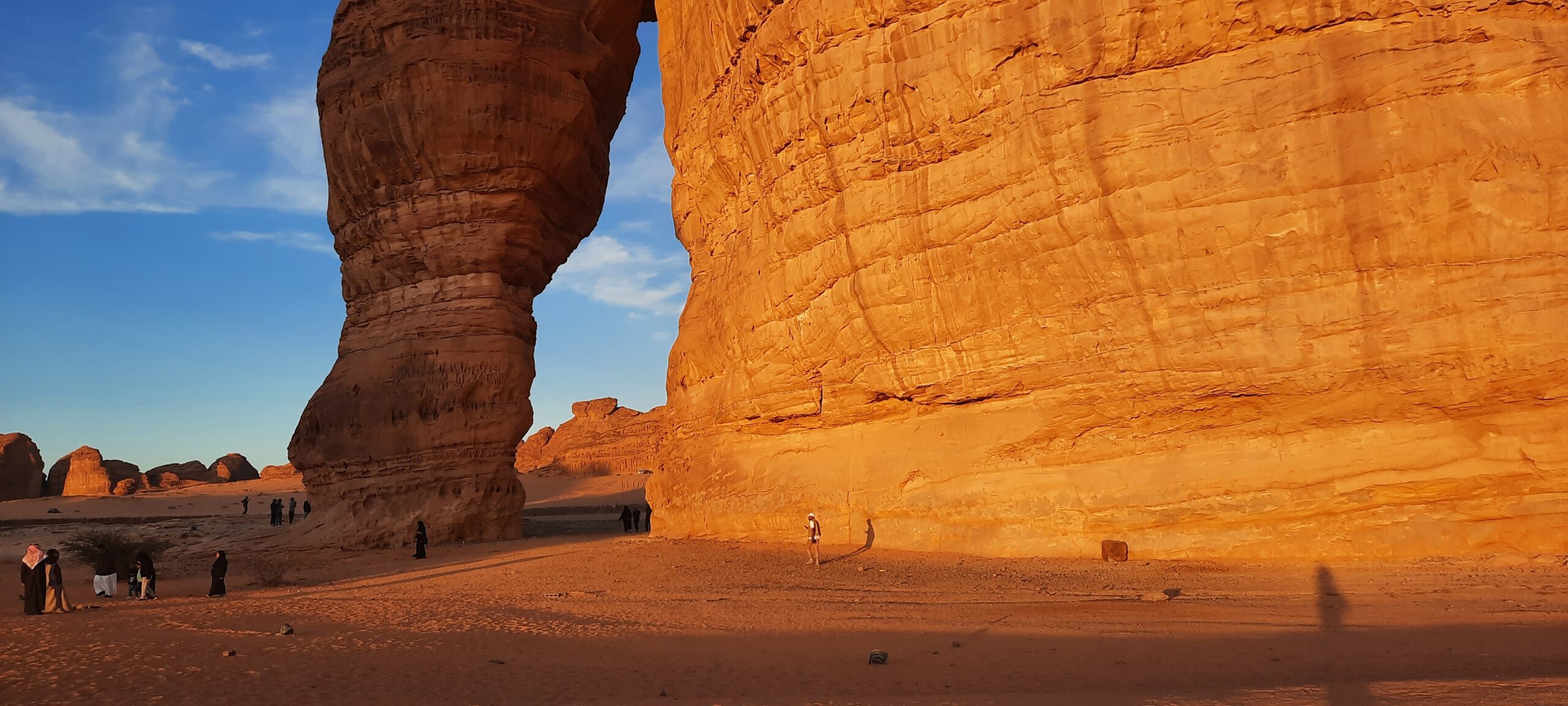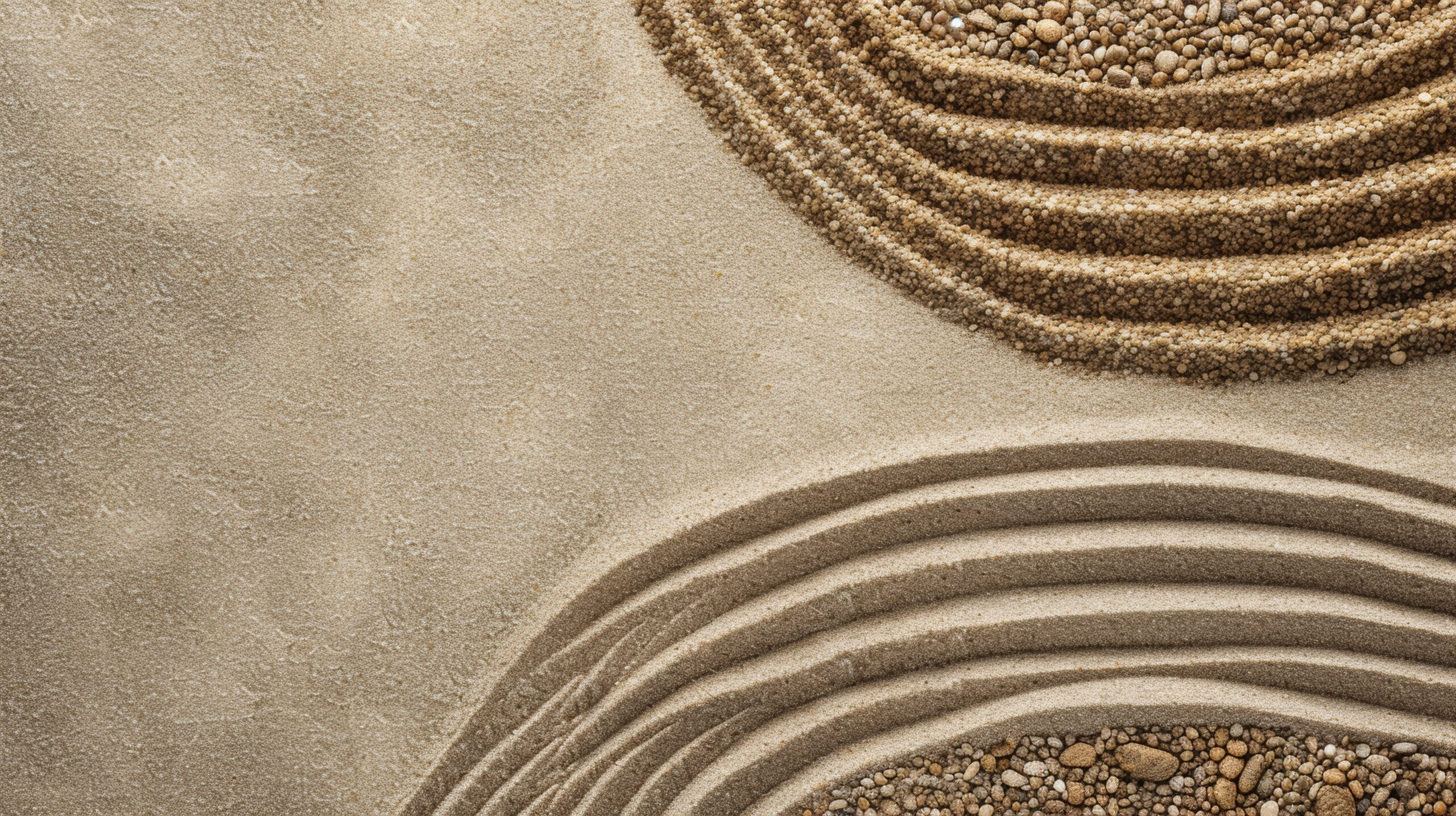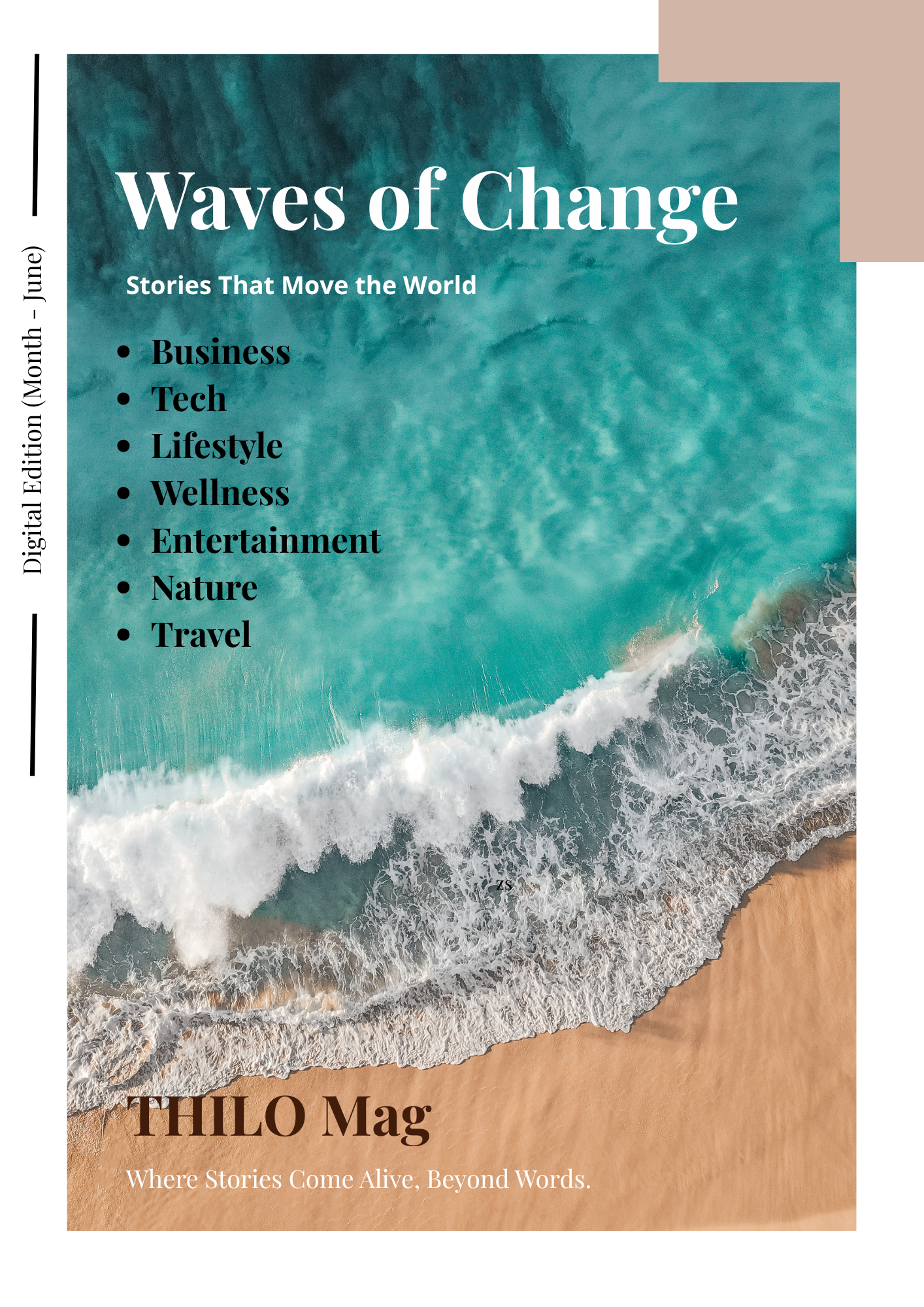Desert Cities That Bloom: AlUla, Saudi Arabia
By Thilo Mag

Nestled deep within the golden sands of Saudi Arabia’s northwest lies AlUla, a once-forgotten desert outpost now blossoming into one of the worlds most unexpected cultural and luxury destinations. For centuries, AlUla was a whisper along the Incense Route — a resting point for traders and pilgrims. Today, it’s a canvas where ancient history, futuristic creativity, and sustainability collide in spectacular fashion.

Where Time Is Carved in Stone
AlUla is home to Hegra, Saudi Arabia’s first UNESCO World Heritage Site, often dubbed the “sister city” to Petra in Jordan. Giant tombs cut into rose-colored rock stand stoic under the desert sun, bearing Nabataean inscriptions over 2,000 years old. Unlike other ancient sites overwhelmed by tourism, Hegra remains serene — untouched in its storytelling, sacred in its silence.
Wander among the sandstone cliffs and you feel the presence of something timeless. Here, nature and civilization aren’t in conflict — they’re in a dialogue that spans millennia.
Art in the Middle of Nowhere
But AlUla isn’t only about the past. It’s fast becoming the desert’s cultural playground, where modern art installations stretch across the sand like dreams made solid.
The Desert X AlUla exhibition, for instance, brings international artists to create works that reflect the landscape — monumental mirrors, surreal sculptures, and installations that vanish and reappear with the sun’s movement. Each piece doesn’t just sit in the desert; it becomes the desert.
Locals and global artists alike engage in an ongoing conversation between culture, climate, and creativity. Art isn’t confined to museums here — it lives in the wild.

Eco-Luxury in the Sand
You might think the harsh terrain would limit comfort. Think again.
AlUla’s rise includes an elegant layer of eco-luxury — a new kind of hospitality rooted in sustainability and minimal environmental impact. Resorts like Habitas AlUla are built with natural materials and an ethos of leave-no-trace, offering desert luxury without opulence, and mindfulness without compromise.
Imagine waking up in a private villa surrounded by desert mountains, joining a sunrise yoga session, then exploring ancient rock carvings before dining under the stars on locally grown cuisine.
This is not mass tourism. It’s curated experience — slow, intentional, soulful.
The Future Is Rooted in Heritage
AlUla’s transformation is part of Saudi Arabia’s Vision 2030, a bold cultural shift that aims to open the kingdom to global tourism while preserving its essence. And AlUla has become the symbol of that balance — a desert city not paved over by modernity, but revitalized by it.
Community-led projects ensure locals are central to this change, from heritage guides to farm-to-table chefs. The stories are being told not only about AlUla, but by its people.
A Bloom in the Driest Place
There’s something poetic about a city blooming in the desert. AlUla reminds us that even the harshest landscapes can nurture beauty, creativity, and connection — when approached with vision and respect.
And perhaps that’s why AlUla matters. Not just as a destination, but as a model: of how we can look back and move forward at the same time, without losing ourselves in either direction.

